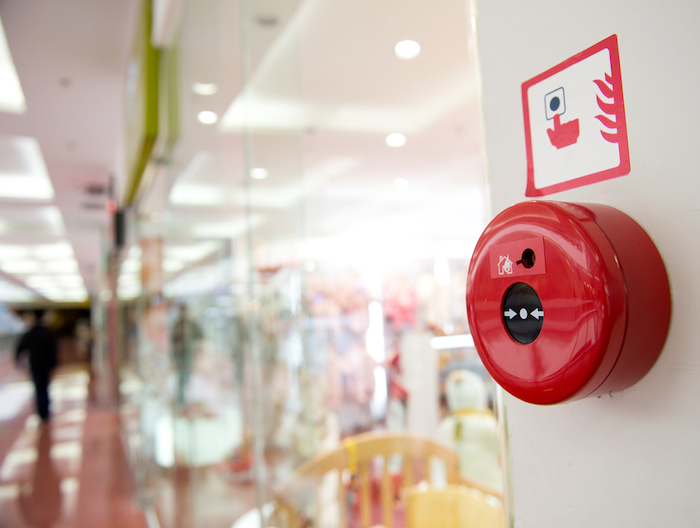Ensuring the operation of your fire alarm system during loss of primary power
- October 30, 2020
- 10:25 am


Iain Hoey
Share this content
In their latest blog, NFPA discuss ensuring the operation of your fire alarm system during loss of primary power.
We rely on a fire alarm system to constantly monitor for hazardous conditions (such as fire, smoke, carbon monoxide, and even combustible and toxic vapors) within a building, and notify the occupants so they can exit the building safely, notify first responders, and even activate systems to mitigate the hazard such as fire suppression or ventilation.
The fire alarm system needs to be able to operate continuously during the life of a building, this includes times in which primary power to the building is lost.
Secondary Power Supply
Fire alarm systems are provided with a secondary source of power in order to remain operational after loss of primary power. The most common forms of secondary power supplies are batteries or an emergency generator.
Secondary power supplies are designed to provide enough capacity to power the entire system for 24 hours on standby and then operate the system for at least 5 minutes under emergency conditions (15 minutes for mass notification systems).
If a generator is used for secondary power, batteries are still required, but only need to provide capacity for 4 hours, this gives time to get the generator operational if there is an issue.
In order to ensure that the secondary power supply is always available, the fire alarm system itself is able to monitor for the presence of voltage and monitor the battery charging system, and will then annunciate a trouble signal if there is an issue with the power supply or charging system.
Battery Inspection Testing and Maintenance
Although the system can monitor some aspects of the secondary power supply, there is some inspection, testing, and maintenance (ITM) that needs to be completed to ensure that the secondary power supply is reliable. For ITM specific to the generator, refer to the blog that I wrote on Maintaining your Emergency Power Supply.
Batteries need to be inspected semiannually to confirm that the connections are tight and there is no corrosion on the connections. When inspecting, the batteries need to be checked for damage such as cracks in the case, bulges, or leaking.
The batteries need to be marked with the month and year of manufacture (not the date of installation), this information is important for tracking the batteries age. If the battery’s age exceeds the manufacturer’s replacement date, the battery needs to be replaced.
The batteries and charger need to be tested semiannually; these tests include:
- Measuring the temperature to ensure that the battery is not 18F (10 C) above ambient temperature
- Measure the voltage to ensure that the battery and charger are still operational
- Measure the voltage at each cell of the battery to confirm each cell is greater than 13.26 volts
- Measure the internal ohmic value of each battery and compare to previous tests to ensure that the battery does not have 30% or more conductance or 40% or more resistance or impedance than previous tests or is outside the manufacturer’s acceptable ranges.
Every three years the batteries need to either be replaced or a load test needs to be conducted. Load tests are conducted by putting a known load on the battery for a given time (found from the battery manufacturer).
The battery is discharged until it reaches its end voltage. Based on the known load and the time taken to discharge you can then calculate the capacity of the battery and apply any adjustments for temperature. The battery must be replaced if the capacity is less than 80% of its rated capacity.
Secondary Power Operation
All the requirements for ITM above focused on the batteries themselves, but there are some tests that need to be completed in order to make sure that the entire system will operate under secondary power.
First, if the system is supplied by an emergency generator, power will need to be transferred to the generator monthly to ensure that the transfer switch and generator will be able to supply the fire alarm.
Additionally, all primary power to the system needs to be disconnected annually so the required standby and alarm current to the system can be measured and compared to the available battery capacity.
Remember, these batteries need to be able to provide the 24 hour standby and 5 (or 15) minutes of alarm or 4 hours of standby if there is also an emergency generator. Finally, the system needs to be operated under secondary power in alarm for at least 5, or 15 minutes depending on the system type.
Do you have any instances in which you needed to replace the fire alarm batteries because they failed testing? Was there a time in which you relied on the secondary power during an outage? Let me know in the comments below.
If you found this article helpful, subscribe to the NFPA Network Newsletterfor monthly, personalized content related to the world of fire, electrical, and building & life safety



